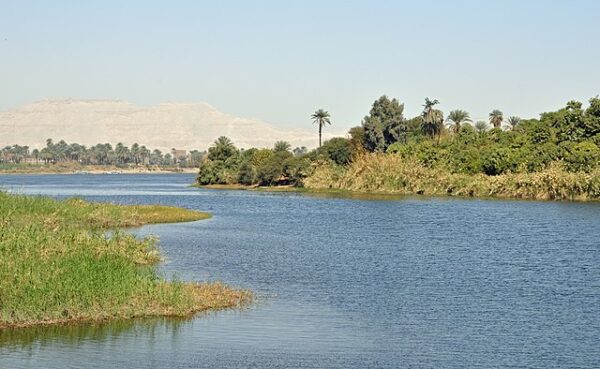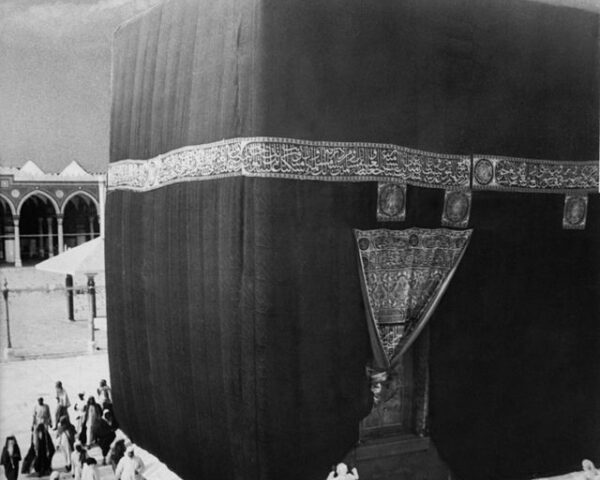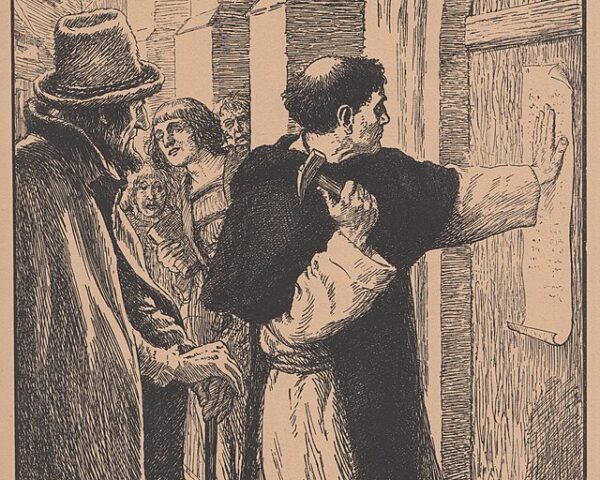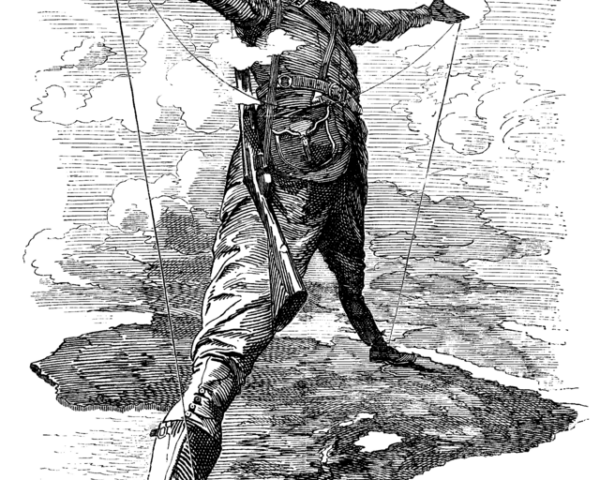On November 14, 1770, Scottish explorer James Bruce claimed to have made one of the most significant geographical discoveries of his time: the source of the Blue Nile River. After years of grueling travel and hardship, Bruce reached what he believed to be the origin of the Nile in Ethiopia’s highlands. His journey, later celebrated and contested across Europe, marked a personal triumph in his quest to solve one of the world’s enduring geographical mysteries.
For centuries, European explorers were captivated by the Nile, a river stretching across northeastern Africa and serving as an essential lifeline for civilizations since ancient times. Despite numerous attempts to trace its headwaters, the source of the Nile eluded explorers. Ancient Egyptians linked the river’s origin to the god Hapi, while Greek scholars theorized about its beginnings without successfully locating them. By the 18th century, the mystery of the Nile’s source had become one of the greatest unanswered questions in geography—a tantalizing challenge for explorers. James Bruce, a Scottish nobleman born in 1730, was one such adventurer. Fascinated by languages, history, and the thrill of discovery, Bruce was determined to locate the Nile’s source and secure his place in the annals of exploration.
Bruce set out in 1768 on a journey through North Africa, finally reaching Ethiopia’s highlands, where he suspected the river’s headwaters might lie. His route was filled with challenges: beginning in Alexandria, Egypt, he crossed the Red Sea and entered Ethiopia—a rugged, unfamiliar, and often treacherous land. Ethiopia’s formidable landscapes included towering mountains, dense forests, and dangerous wildlife, compounded by the region’s tense political climate. Local conflicts and shifting power dynamics made Bruce’s journey precarious, but he persevered, winning the trust of local rulers to secure safe passage. Bruce meticulously documented Ethiopia’s landscape, culture, and customs, producing one of the most detailed accounts of the country available to Europeans at the time.
After nearly two years in Ethiopia, Bruce reached the region of Gish Abay on November 14, 1770, where he found a spring flowing from the ground. He identified it as the source of the Blue Nile and, overcome with emotion, drank from the spring in a symbolic celebration of his achievement. This location, he believed, was the answer to centuries of speculation. Although Bruce’s discovery was only partially accurate—the actual primary source of the Nile lies further south, near Lake Victoria—his identification of the Blue Nile’s headwaters marked a significant contribution. The Blue Nile, one of two main tributaries, carries nutrient-rich soil and water from Ethiopia downstream into Egypt, greatly influencing the Nile’s flow.
Upon returning to Europe, Bruce published his travel narrative, Travels to Discover the Source of the Nile, hoping for recognition. Instead, he faced skepticism and even ridicule. His vivid descriptions of Ethiopia’s landscapes, wildlife, and customs struck some as exaggerated, and scholars questioned his findings. However, over time, his records gained respect as valuable contributions to African geography and ethnography. Bruce’s work provided Europeans with insights into northeastern Africa, inspiring future explorers like Samuel Baker, Henry Morton Stanley, and John Hanning Speke, who eventually confirmed Lake Victoria as the Nile’s primary source. Although Bruce did not find the full origin of the Nile, his journey remained a monumental achievement, capturing the Enlightenment’s spirit of exploration and curiosity.






